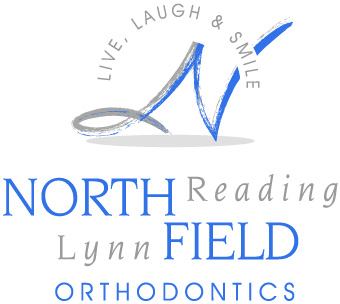


If a child’s facial growth and development does not proceed in a normal and harmonious manner, then the jaws may not achieve the proper relationship or alignment. This can present an individual with varying degrees of functional and cosmetic problems. When the jaws are not in the anatomically correct positions it can have a negative effect on the occlusion (the bite), facial symmetry and balance, as well as the temporomandibular joint. Problematic jaw relationships can even make eating, speaking, and normal breathing more difficult.
Orthodontic treatment alone is often insufficient to address all of the issues caused by these improper or disproportionate jaw relationships. Orthognathic surgery, more commonly known as corrective jaw surgery, is sometimes necessary to help address these skeletal and dental irregularities.
Orthognathic surgery involves a team approach with an orthodontist preparing and finalizing the alignment of the teeth along with an oral and maxillofacial surgeon to treatment plan and perform the corrective jaw procedures. If needed, other specialists may be involved in treating the patient to address any additional dental or medical issues necessary to achieve the best functional and cosmetic results.